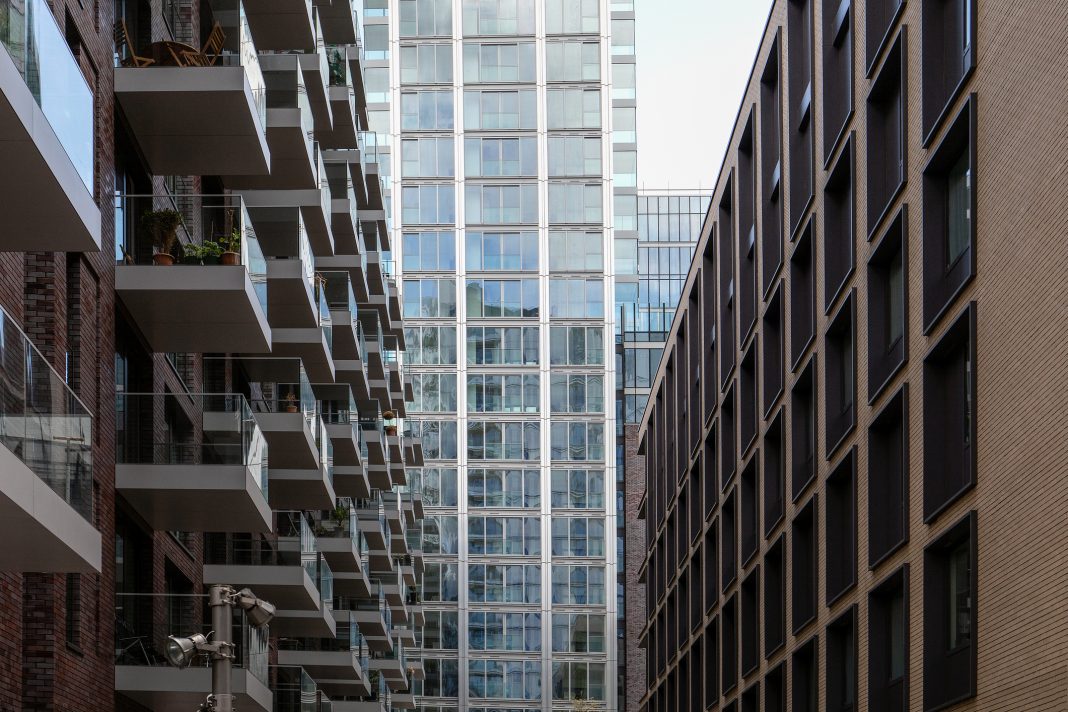Local authorities must look at how they can improve the energy efficiency of buildings, helping to drive down costs, stretch budgets further, and make wiser investments
With energy prices rising exponentially, local authorities are feeling the pressure and public facilities are at risk. Many are struggling to meet the costs of keeping these buildings open and it’s not feasible to pass these extra expenses onto the public, explains Mark Gifford, Associate Director, Energy Services at IES.
With energy prices set to rise again in October, local authorities will undoubtedly be further feeling the squeeze if they don’t turn their attention to the buildings that they own and manage.
Furthermore, with the built environment now counting for more than 40% of total UK greenhouse gas emissions, it’s about more than just saving on costs; it’s also about saving our planet. With 75% of councils in the UK having declared a climate emergency, and pressure mounting to reach net-zero targets, it’s not just the energy crisis that is pushing local authorities to take action. However, government support is also required to ignite change, help to navigate the challenges posed by rising energy costs, and ensure that facilities valued by the public remain accessible.
The role of technology in tackling the energy crisis
With the help of smart building technology, local authorities can identify operational efficiencies and determine where energy is being wasted from their buildings. This means that design and retrofit decisions can be made based on detailed data, ensuring that budgets are spent in the best possible way, with maximum results.
80% of the buildings that will exist in 2050 are already built, so significant attention must be paid to making improvements to those already standing. In addition, with immediate action needed to withstand the energy crisis and create tangible change to meet emissions targets, making quick savings is easier with buildings that already exist. To avoid making the wrong decisions on where to make changes, local authorities should employ the use of innovations such as digital twin technology.
These models demonstrate where energy savings can be made and where energy may be being wasted
Digital twins, virtual versions of real-world buildings, can be created for single buildings or campuses and across estate portfolios. Once created, these models demonstrate where energy savings can be made and where energy may be being wasted. Armed with this data, it is then possible to test new systems or potential improvements to measure their impact on energy efficiency. For example, this may include the implementation of smart lighting refits or de-gassing heat plants via connection to a district heating network. These are initiatives that may require significant investment but once implemented, can also allow for substantial savings.
Testing out various options in a virtual format, utilising digital twins, helps to inform evidence-based decisions and prevent the wrong building modifications or design choices from being made, thus saving time and money, at a time when both are extremely precious. Additionally, operational inefficiencies can also be identified, which allows for quick savings. For example, if lights are being left on in a facility overnight, simply ensuring these are turned off lessens energy usage.
Glasgow Life: a case study of energy efficiency
An example of how the energy efficiency and management of a building can be improved through the use of technology can be seen through our work with Glasgow Life, an organisation that manages cultural, sporting and leisure venues across the City of Glasgow. Glasgow Life identified that their Riverside Museum was performing poorly and utilised building performance analysis and BMS data records to identify the systems which were causing the building to be inefficient. HVAC systems were found to be a major contributor to the problem, along with other problem areas, including heat pump technology and central chiller plant.
Once these issues were identified, it was possible to implement a series of energy-saving interventions to rectify them. Most of the problems could be solved by changing operating schedules, such as reduction of chiller operation in winter months, and fixing issues with the air handling unit and ductwork leakage. As a result of these changes, Glasgow City Council was able to make significant savings across the museum, saving 26% in gas usage and using 18% less electricity. This equated to an overall cost saving of £52,300 over the project year which was anticipated to be retained year-on-year.
Making changes now will benefit local authorities
Factors such as poor performing or oversized heating systems and inefficient BMS control routines have long been overlooked, meaning that local authorities are missing out on energy-saving opportunities across their building assets that could cut costs considerably over an extended period.
Using innovative technology and modelling solutions, quick initial savings can be identified which can then be built on over time to create more substantial savings year on year as further inefficiencies are resolved. At a time where prices continue to skyrocket, making changes now will serve to benefit local authorities, and the users of their facilities, at present and in the future.
To withstand the energy crisis and ensure that people are still able to access the public services they rely on, local authorities, with support from the government, must look to tackle the energy efficiency of their building portfolios and ensure that all possible savings are being made to eliminate energy waste and drive down costs.











